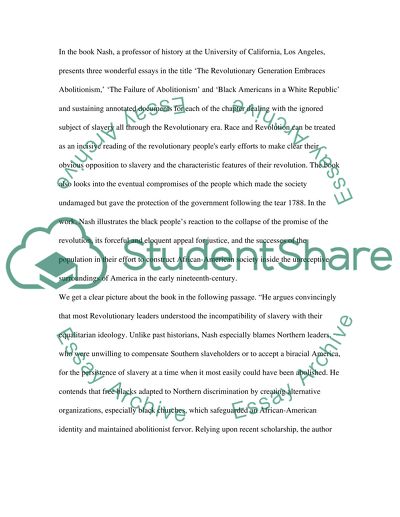Cite this document
(Race and Revolution by Gary B. Nash Book Report/Review - 1, n.d.)
Race and Revolution by Gary B. Nash Book Report/Review - 1. Retrieved from https://studentshare.org/history/1543572-book-review
Race and Revolution by Gary B. Nash Book Report/Review - 1. Retrieved from https://studentshare.org/history/1543572-book-review
(Race and Revolution by Gary B. Nash Book Report/Review - 1)
Race and Revolution by Gary B. Nash Book Report/Review - 1. https://studentshare.org/history/1543572-book-review.
Race and Revolution by Gary B. Nash Book Report/Review - 1. https://studentshare.org/history/1543572-book-review.
“Race and Revolution by Gary B. Nash Book Report/Review - 1”, n.d. https://studentshare.org/history/1543572-book-review.


